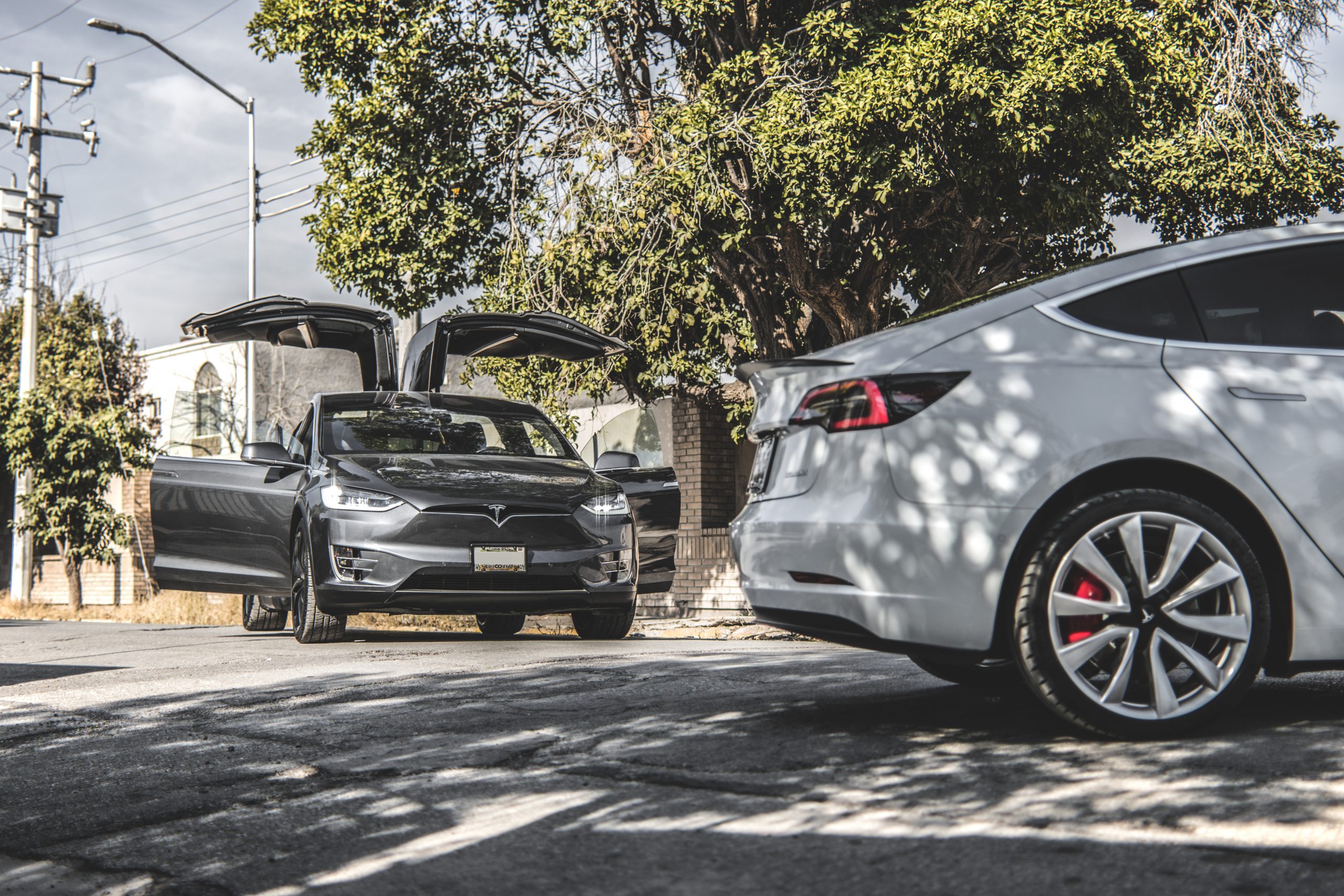
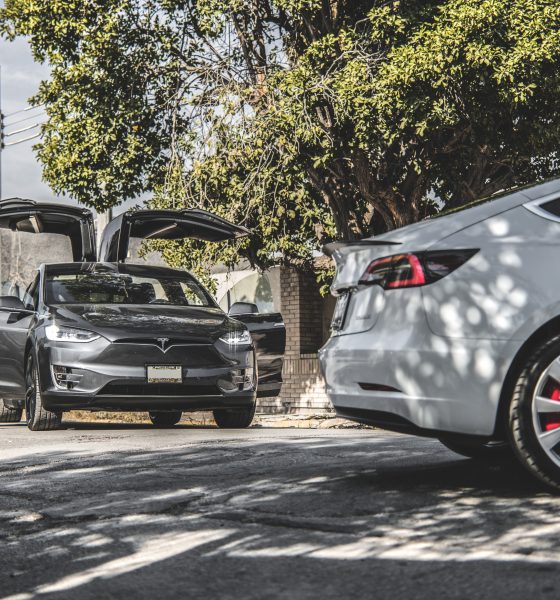
Investor's Corner
Tesla is poised to survive 2020’s worst economic shocks; other automakers, not so much
Just before being proven wrong by Tesla’s first-quarter delivery and production numbers, TSLA bears were hard at work, spreading the now-aging narrative that the company’s electric cars will soon see a drop in demand. Hours before Tesla released its numbers, short-seller Jim Chanos even remarked that he remains “maximum short TSLA,” arguing that the company stands to lose money this year.
What the noted short-seller failed to mention was that this year would likely be downright brutal on the entire auto industry. 2020 only started, but the onset of the coronavirus pandemic has given the whole car market an economic shock that will resonate for a substantial period of time. Tesla will see adverse effects, most likely in the second quarter, but compared to the rest of the industry, the electric car maker may very well be poised to be a company that can not only survive, but thrive in these times of crisis. The same cannot be said for legacy carmakers, or the scheduled “Tesla Killers” that are set to be released in the near future.
Gene Munster of Loup Ventures noted that Tesla’s Q1 production and delivery results show that Tesla is winning despite the current headwinds simply because it has a product that is measurably better than both gas and electric competitors. The Wall Street veteran further added that while the next quarters will be challenging for Tesla and all other automakers like BMW and General Motors, he still expects Tesla to continue reporting 15-25% better delivery results compared to its peers.
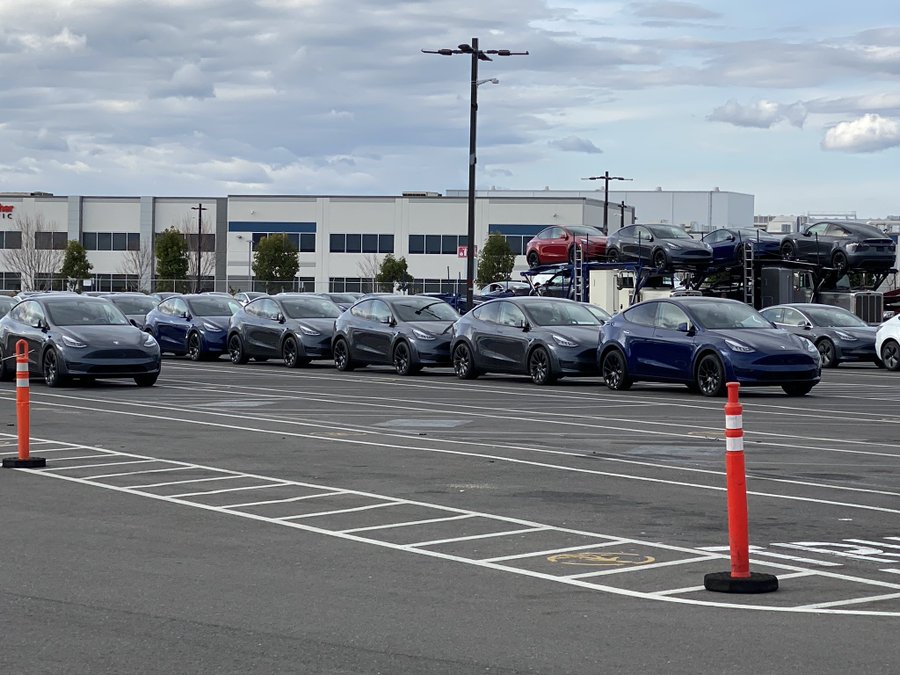
A lot of this is due to the company’s products, specifically the Model 3 sedan and the Model Y crossover. Both vehicles are high-volume EVs, and they are designed to disrupt their respective segments. The Model Y, in particular, is designed to be competitive in the crossover market, which happens to be one of the fastest-growing segments in the auto industry today. Munster argued that over time, the price and performance gap between Tesla and its competitors would likely get broader. This is because rivals, such as legacy automakers and their respective EVs, will either have to sell a vehicle that’s at parity with Tesla’s features and range but at a higher price, or a car whose cost is subsidized by the company, resulting in financial strain. For automakers, such is a notable dilemma.
Tesla investor @Incentives101, an economist with a background in macro research, stated in a message to Teslarati that the demand for the electric car maker’s vehicles will largely depend on how distinct they are from other EVs on the market. It’s quite difficult to analyze a product’s demand from a consumer preferences standpoint. In the case of apparel, for example, it is challenging to determine why some consumers prefer Adidas over Nike. The auto industry is quite the same. When one looks at the demand for vehicles, it is difficult to pinpoint why some consumers buy a BMW 3-Series over an Audi A4, or a Mercedes-Benz C-Class; or why some customers buy a Honda Accord instead of a Toyota Camry.
Explaining further, the economist noted that instances such as these usually mean that the products consumers are purchasing are almost perfect substitutes for each other. If one were to study the size, efficiency, performance, and price of any category of cars, one would see that the differences are usually so marginal between each option and segment that consumer decisions often fall on subjective variables such as looks or brand loyalty. This is something that veteran automakers such as Ford rely on, with the company being proud of F-150 owners sticking with the company for years, or at times, even generations.
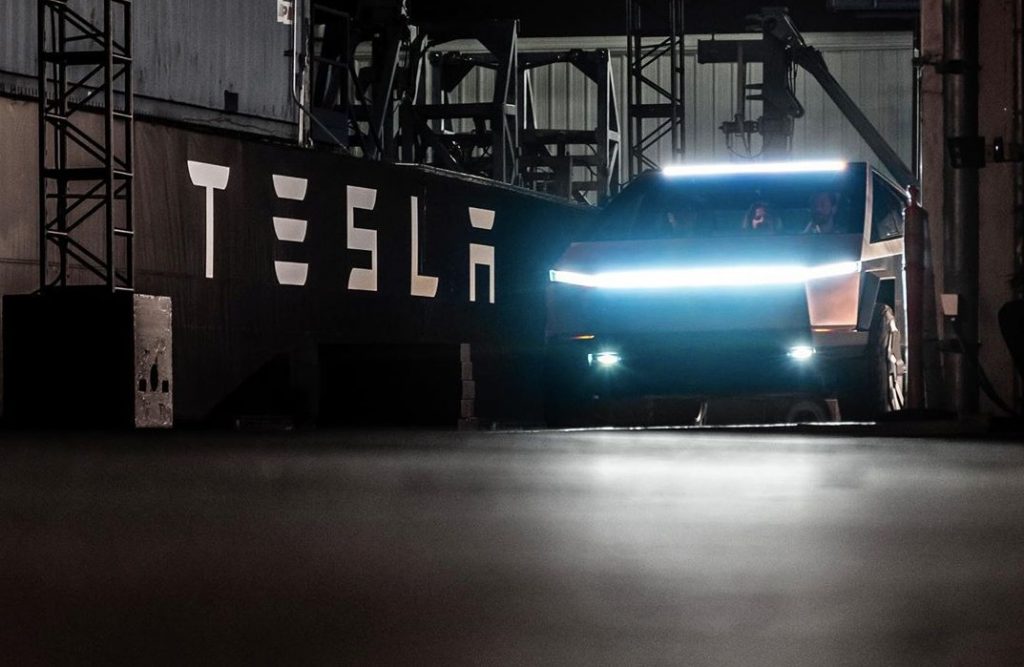
In the auto sector, there are various tradeoffs that customers are likely to compromise with. For buyers of cars with an internal combustion engine, opting for a low price will likely sacrifice performance, as is the case with the Toyota Camry. Buyers of electric vehicles from traditional automakers, on the other hand, will probably sacrifice something vital such as range for performance, as is the case with the Porsche Taycan. Tesla’s electric vehicles have pretty much eliminated these tradeoffs over time, largely thanks to the company’s own experience in producing and designing electric vehicles and their unique vertical integration, which provides the company unprecedented control over their products and the way they function.
Amidst the coronavirus pandemic, the health and economic shock that the world is facing are unprecedented. These shocks affect everyone, and for automakers, it will all come down to whoever can recover the fastest. Veteran automakers are fighting at a disadvantage as Tesla extends its gap in performance and tech. Tesla, on the other hand, may very well be poised to hit the ground running and crush its competitors in the process. The Model 3 and Tesla’s first-quarter results highlighted how demand for the company’s vehicles would likely be steady. As for demand concerns about Tesla, the economist noted that such concerns remain overblown.
“Until today, demand concerns about Tesla vehicles are overblown and based on a poor understanding of economics. Demand is a function of consumer preferences, basically what consumers value. It is also a function of income, price of substitutes, and few other things. How much each of these variables affects demand is not static. It may be that consumer preferences don’t change but income does, so in a scenario of rapid economic downturn with relatively fast recovery demand for Tesla would behave the same,” the economist wrote.
Disclosure: I have no ownership in shares of TSLA and have no plans to initiate any positions within 72 hours.

Investor's Corner
Tesla analyst maintains $500 PT, says FSD drives better than humans now
The team also met with Tesla leaders for more than an hour to discuss autonomy, chip development, and upcoming deployment plans.

Tesla (NASDAQ:TSLA) received fresh support from Piper Sandler this week after analysts toured the Fremont Factory and tested the company’s latest Full Self-Driving software. The firm reaffirmed its $500 price target, stating that FSD V14 delivered a notably smooth robotaxi demonstration and may already perform at levels comparable to, if not better than, average human drivers.
The team also met with Tesla leaders for more than an hour to discuss autonomy, chip development, and upcoming deployment plans.
Analysts highlight autonomy progress
During more than 75 minutes of focused discussions, analysts reportedly focused on FSD v14’s updates. Piper Sandler’s team pointed to meaningful strides in perception, object handling, and overall ride smoothness during the robotaxi demo.
The visit also included discussions on updates to Tesla’s in-house chip initiatives, its Optimus program, and the growth of the company’s battery storage business. Analysts noted that Tesla continues refining cost structures and capital expenditure expectations, which are key elements in future margin recovery, as noted in a Yahoo Finance report.
Analyst Alexander Potter noted that “we think FSD is a truly impressive product that is (probably) already better at driving than the average American.” This conclusion was strengthened by what he described as a “flawless robotaxi ride to the hotel.”
Street targets diverge on TSLA
While Piper Sandler stands by its $500 target, it is not the highest estimate on the Street. Wedbush, for one, has a $600 per share price target for TSLA stock.
Other institutions have also weighed in on TSLA stock as of late. HSBC reiterated a Reduce rating with a $131 target, citing a gap between earnings fundamentals and the company’s market value. By contrast, TD Cowen maintained a Buy rating and a $509 target, pointing to strong autonomous driving demonstrations in Austin and the pace of software-driven improvements.
Stifel analysts also lifted their price target for Tesla to $508 per share over the company’s ongoing robotaxi and FSD programs.
Investor's Corner
Tesla wins $508 price target from Stifel as Robotaxi rollout gains speed
The firm cited meaningful progress in Tesla’s robotaxi roadmap, ongoing Full Self-Driving enhancements, and the company’s long-term growth initiatives.
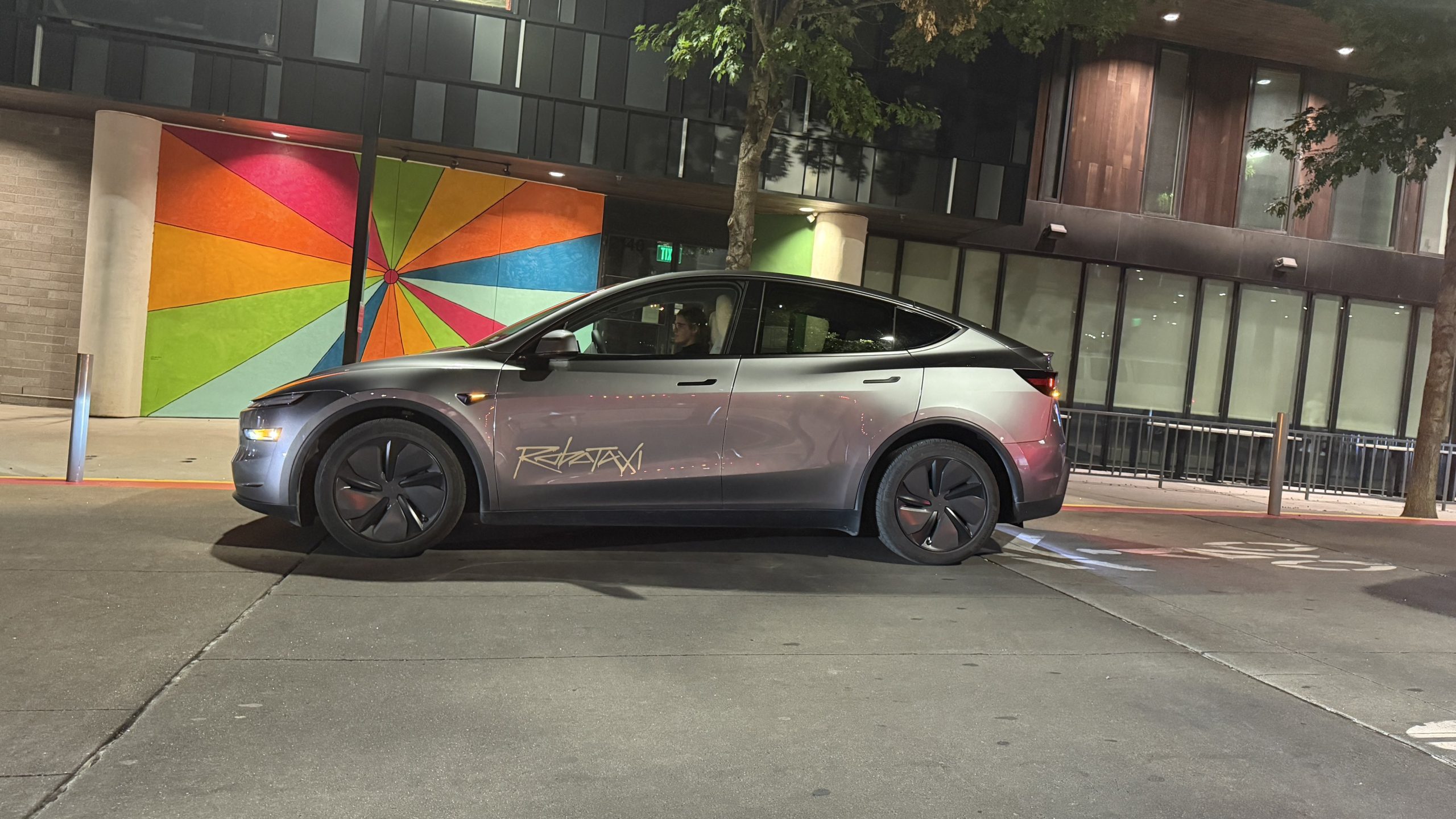
Tesla received another round of bullish analyst updates this week, led by Stifel, raising its price target to $508 from $483 while reaffirming a “Buy” rating. The firm cited meaningful progress in Tesla’s robotaxi roadmap, ongoing Full Self-Driving enhancements, and the company’s long-term growth initiatives.
Robotaxi rollout, FSD updates, and new affordable cars
Stifel expects Tesla’s robotaxi fleet to expand into 8–10 major metropolitan areas by the end of 2025, including Austin, where early deployments without safety drivers are targeted before year-end. Additional markets under evaluation include Nevada, Florida, and Arizona, as noted in an Investing.com report. The firm also highlighted strong early performance for FSD Version 14, with upcoming releases adding new “reasoning capabilities” designed to improve complex decision-making using full 360-degree vision.
Tesla has also taken steps to offset the loss of U.S. EV tax credits by launching the Model Y Standard and Model 3 Standard at $39,990 and $36,990, Stifel noted. Both vehicles deliver more than 300 miles of range and are positioned to sustain demand despite shifting incentives. Stifel raised its EBITDA forecasts to $14.9 billion for 2025 and $19.5 billion for 2026, assigning partial valuation weightings to Tesla’s FSD, robotaxi, and Optimus initiatives.
TD Cowen also places an optimistic price target
TD Cowen reiterated its Buy rating with a $509 price target after a research tour of Giga Texas, citing production scale and operational execution as key strengths. The firm posted its optimistic price target following a recent Mobility Bus tour in Austin. The tour included a visit to Giga Texas, which offered fresh insights into the company’s operations and prospects.
Additional analyst movements include Truist Securities maintaining its Hold rating following shareholder approval of Elon Musk’s compensation plan, viewing the vote as reducing leadership uncertainty.
@teslarati Tesla Full Self-Driving yields for pedestrians while human drivers do not…the future is here! #tesla #teslafsd #fullselfdriving ♬ 2 Little 2 Late – Levi & Mario
Investor's Corner
Tesla receives major institutional boost with Nomura’s rising stake
The move makes Tesla Nomura’s 10th-largest holding at about 1% of its entire portfolio.

Tesla (NASDAQ:TSLA) has gained fresh institutional support, with Nomura Asset Management expanding its position in the automaker.
Nomura boosted its Tesla holdings by 4.2%, adding 47,674 shares and bringing its total position to more than 1.17 million shares valued at roughly $373.6 million. The move makes Tesla Nomura’s 10th-largest holding at about 1% of its entire portfolio.
Institutional investors and TSLA
Nomura’s filing was released alongside several other fund updates. Brighton Jones LLC boosted its holdings by 11.8%, as noted in a MarketBeat report, and Revolve Wealth Partners lifted its TSLA position by 21.2%. Bison Wealth increased its Tesla stake by 52.2%, AMG National Trust Bank increased its position in shares of Tesla by 11.8%, and FAS Wealth Partners increased its TSLA holdings by 22.1%. About 66% of all outstanding Tesla shares are now owned by institutional investors.
The buying comes shortly after Tesla reported better-than-expected quarterly earnings, posting $0.50 per share compared with the $0.48 consensus. Revenue reached $28.10 billion, topping Wall Street’s $24.98 billion estimate. Despite the earnings beat, Tesla continues to trade at a steep premium relative to peers, with a market cap hovering around $1.34 trillion and a price-to-earnings ratio near 270.
Recent insider sales
Some Tesla insiders have sold stock as of late. CFO Vaibhav Taneja sold 2,606 shares in early September for just over $918,000, reducing his personal stake by about 21%. Director James R. Murdoch executed a far larger sale, offloading 120,000 shares for roughly $42 million and trimming his holdings by nearly 15%. Over the past three months, Tesla insiders have collectively sold 202,606 shares valued at approximately $75.6 million, as per SEC disclosures.
Tesla is currently entering its next phase of growth, and if it is successful, it could very well become the world’s most valuable company as a result. The company has several high-profile projects expected to be rolled out in the coming years, including Optimus, the humanoid robot, and the Cybercab, an autonomous two-seater with the potential to change the face of roads across the globe.
@teslarati Tesla Full Self-Driving yields for pedestrians while human drivers do not…the future is here! #tesla #teslafsd #fullselfdriving ♬ 2 Little 2 Late – Levi & Mario








